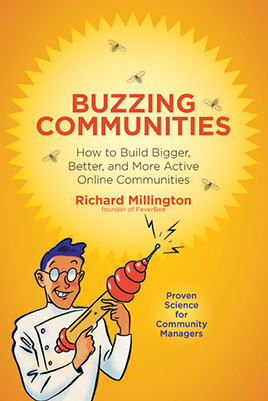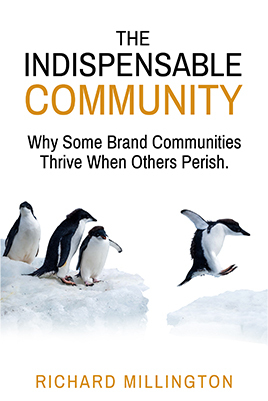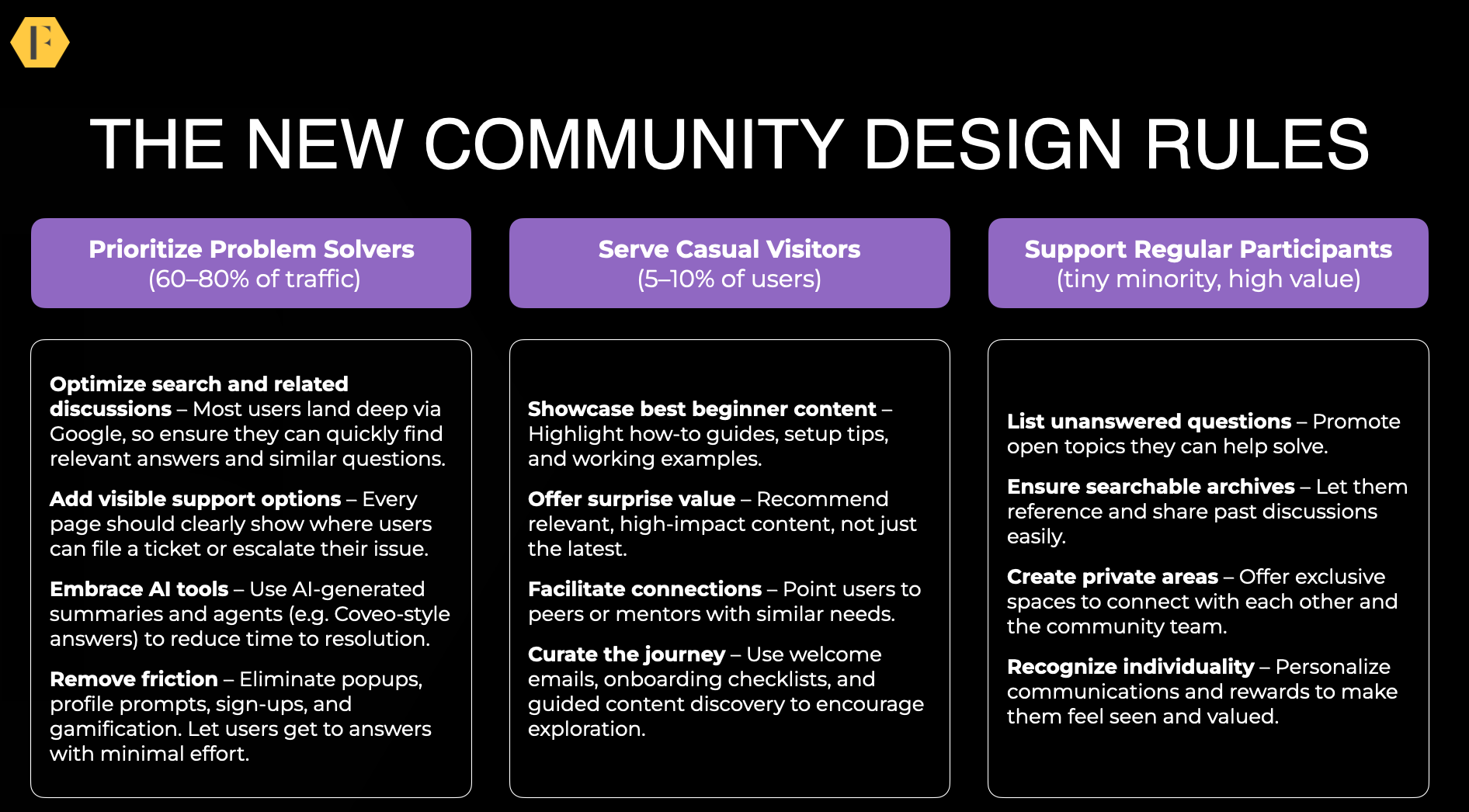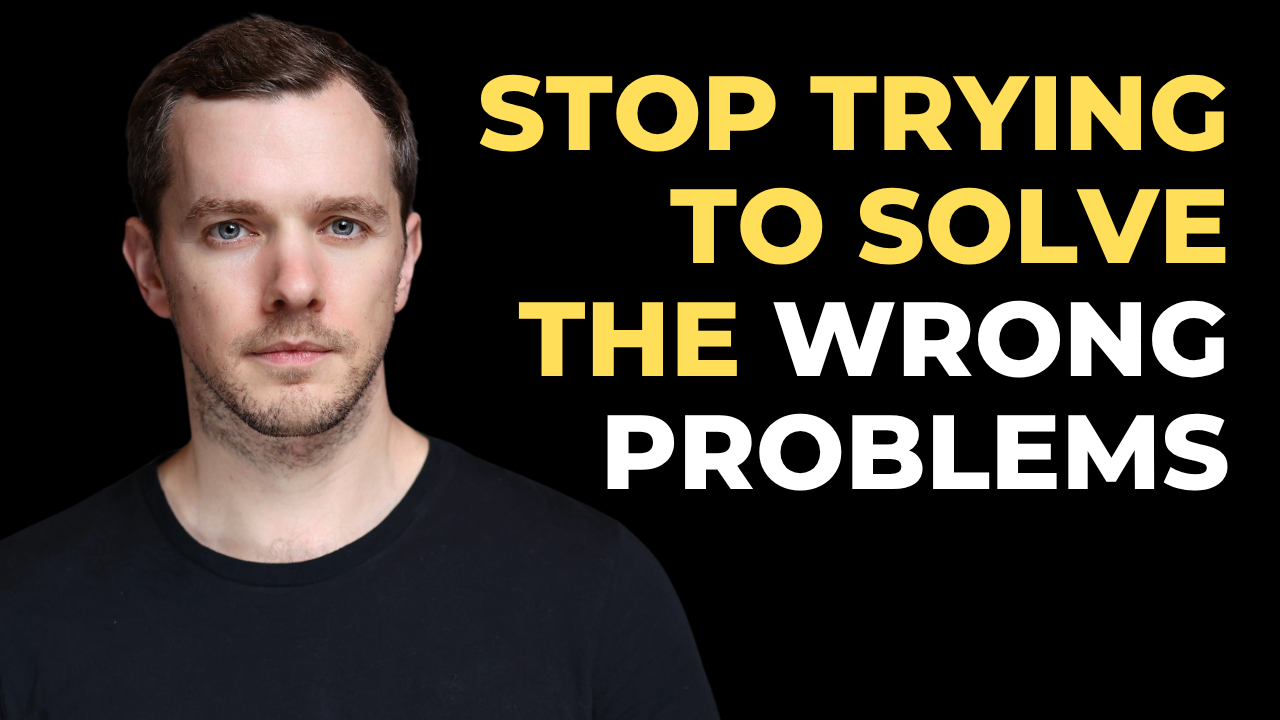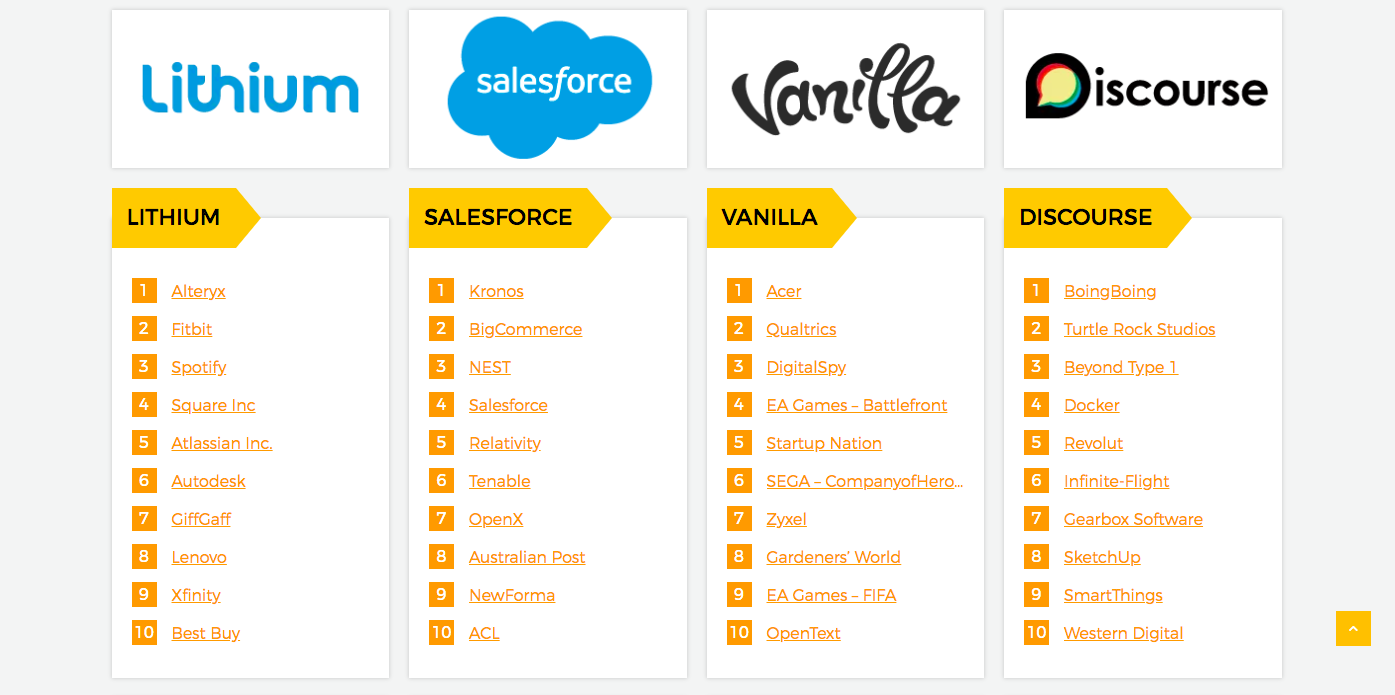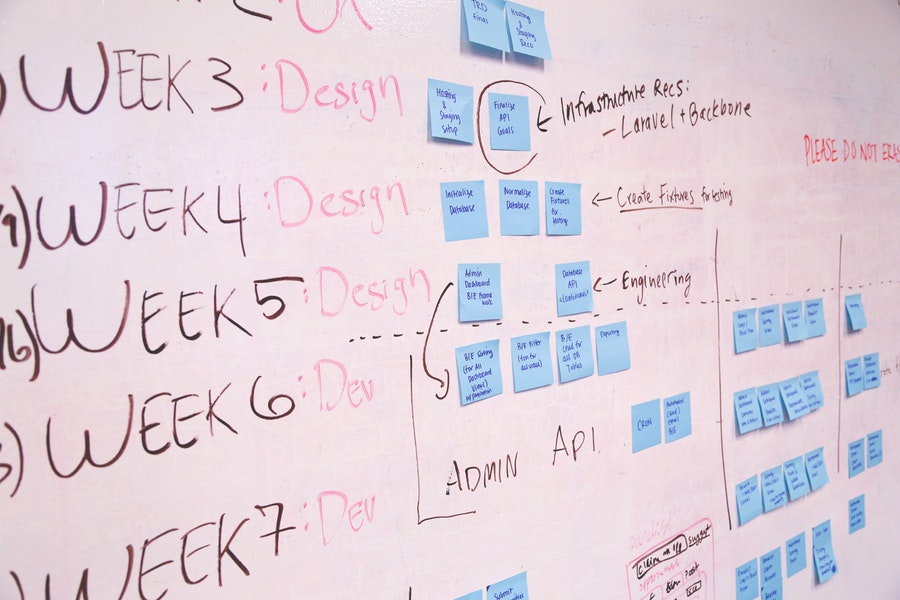Today we’re launching a database where you can explore 1300+ examples of successful brand communities and share your own efforts.
Getting good community examples has always been a challenge. Many people work in isolated silos with no ability to see what others like themselves are working on. For the past 18 months, we’ve been gathering data, cleaning data, and working to find a way to display the best brand communities on the web.
